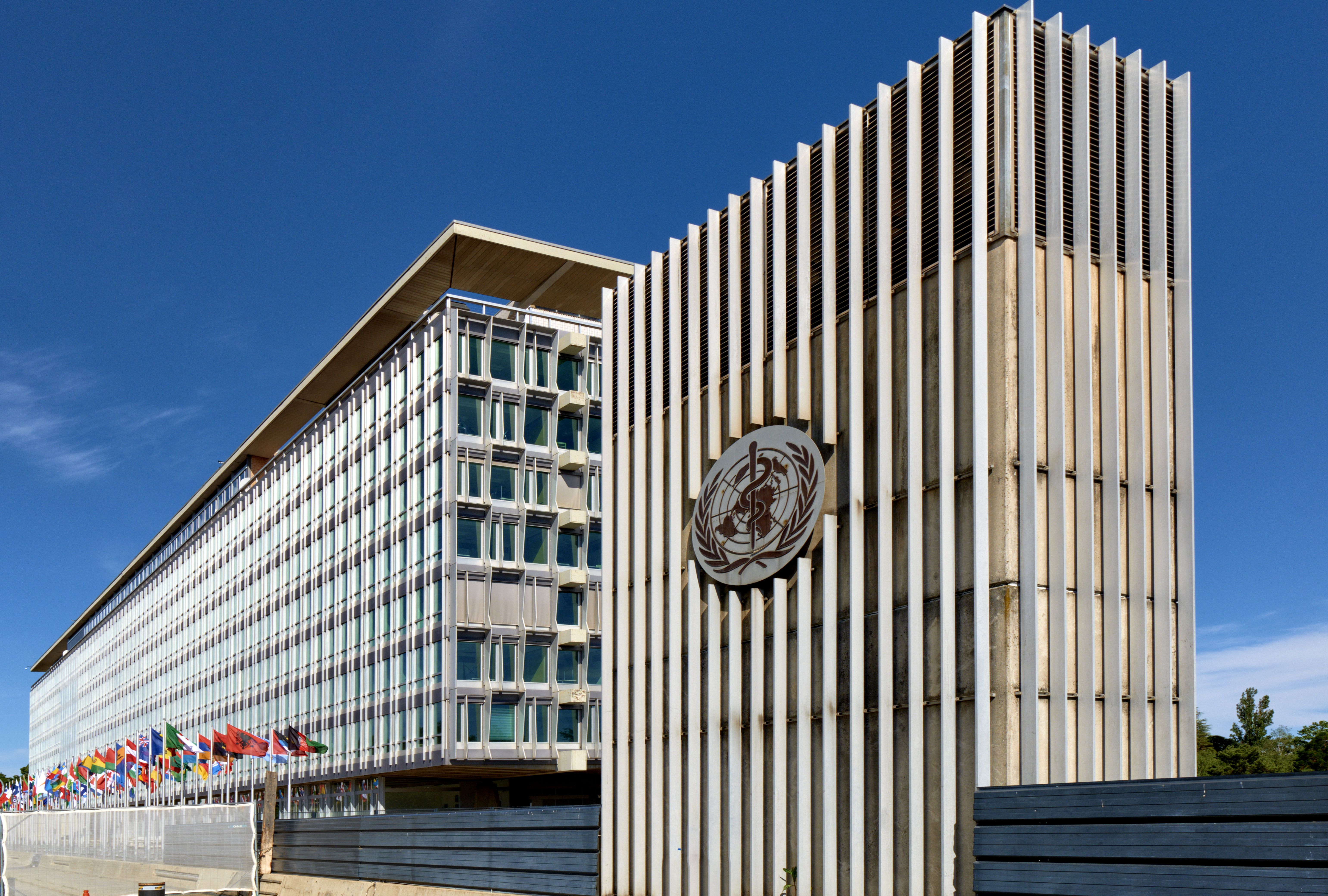Article
Protection From COVID-19 Infection With Omicron Variant Waned After 6 Months
Author(s):
A new study found that protection from the Omicron variant waned 6 months after the second dose of a COVID-19 vaccine in older patients.
Older patients saw reduced protection against the SARS-CoV-2 Omicron variant 6 months after receiving their second dose of a COVID-19 vaccine, according to a study published in JAMA Network Open. This study aimed to “estimate how vaccine effectiveness (VE) against hospitalization and mortality changed over time after vaccination in patients with SARS-CoV-2 Omicron in Hong Kong…”
The researchers used linked administrative data that was permitted by the Department of Health of the Government of Hong Kong Administrative Region. The database included was linked to the vaccination database, which included the date and type of dose that Hong Kong residents had received.
The study used a case-control design in the vaccinated compared with the unvaccinated population. The data analysis took place from January 1 to June 5, 2022. Patients who were registered and had COVID-19 during the same period made up the study population, with patients 18 years and older with a positive COVID-19 result included. Those infected during a hospital stay were excluded. Genomic sequencing was used to define the Omicron strain.
Hospitalization or death was used as a proxy for severe outcomes. Time of vaccination to death or hospitalization was determined by counting the number of days from the last dose until hospitalization or death. Case participants were patients who had COVID-19 and had been hospitalized or died, and control participants were patients infected with SARS-CoV-2 who did not experience those outcomes before the cutoff date.
Patients who received the BNT162b2 or CoronaVac vaccines were included in the study, with only a dose received within 14 days of the infection considered a completed dose.
A total of 9362 deaths and 37,488 matched controls were included in the analysis for the death outcome and 32,832 case participants and 131,328 matched controls were included in the death or hospitalization outcome. There were 9.6%, 12.6%, 27.7%, and 50.1% of case participants aged 18 to 49, 50 to 64, 65 to 79, and 80 years or older, respectively. The control population consisted of 9.8%, 14.0%, 44.7%, and 31.5% of participants, respectively.
One percent, 5.2%, 21.4%, and 72.5% of the case group who were hospitalized were aged 18 to 49, 50 to 64, 65 to 79, and 80 years or older, respectively. Corresponding rates in the control population were 11.4%, 13.4%, 27.8%, and 47.5%. More case participants were unvaccinated (62.1% in the death outcome group, 49.5% in the death or hospitalization outcome group) compared with 37.0% in the death outcome group and 21.4% in the death or hospitalization outcome group within the control group.
VE increased with the number of doses, with CoronaVac’s effectiveness against death increasing from 56.4% (95% CI, 54.7%-58.0%) after the first dose to 88.5% (95% CI, 87.4%-89.6%) with the third dose. VE following BNT162b2 increased from 62.2% (95% CI, 58.5%-65.7%) after the first dose to 84.4% (95% CI, 82.3%-86.2%) after the third dose.
The VE of CoronaVac against hospitalization or death increased from 47.4% (95% CI, 44.5%-49.9%) after the first dose to 84.5% (95% CI, 82.4%-86.2%) after the third dose, and that for BNT162b2, from 58.0% (95% CI, 52.9%-61.8%) to 85.8% (95% CI, 83.3%-88.3%). Mixing the 2 vaccines was just as effective.
Both vaccines were found to be less effective in older groups. Patients aged 18 to 49 years had VE against death of 86.4% (95% CI, 85.8%-87.0%) and 92.9% (95% CI, 92.6%-93.2%) for 2 doses of CoronaVac and BNT162b2, respectively, whereas patients 80 years and older had VEs of 61.4% (95% CI, 59.8%-63.2%) and 52.7% (95% CI, 50.2%-55.6%), respectively. A decline was also found in VE for older individuals in the hospitalized population. However, VE remained greater than 90.0% in a 3-dose schedule for all vaccine types.
There were some limitations to this study. The database used could have missed cases with mild symptoms or patients who were asymptomatic due to underreporting. Also, iIntensive care support was limited due to overcrowding in hospitals, which made patients receiving intensive care an unreliable indicator of disease severity, and other covariates had limited information due to self-report, which made it impossible to adjust for confounders.
The researchers concluded that VE was high against severe outcomes in patients infected with the Omicron variant. However, this protection waned after 6 months, making a booster dose a high priority in this age group to restore immunity.
Reference
Wei Y, Jia KM, Zhao S, et al. Estimation of vaccine effectiveness of CoronaVac and BNT162b2 against severe outcomes over time among patients with SARS-CoV-2 omicron. JAMA Netw Open. 2023;6(2):e2254777. doi:10.1001/jamanetworkopen.2022.54777





